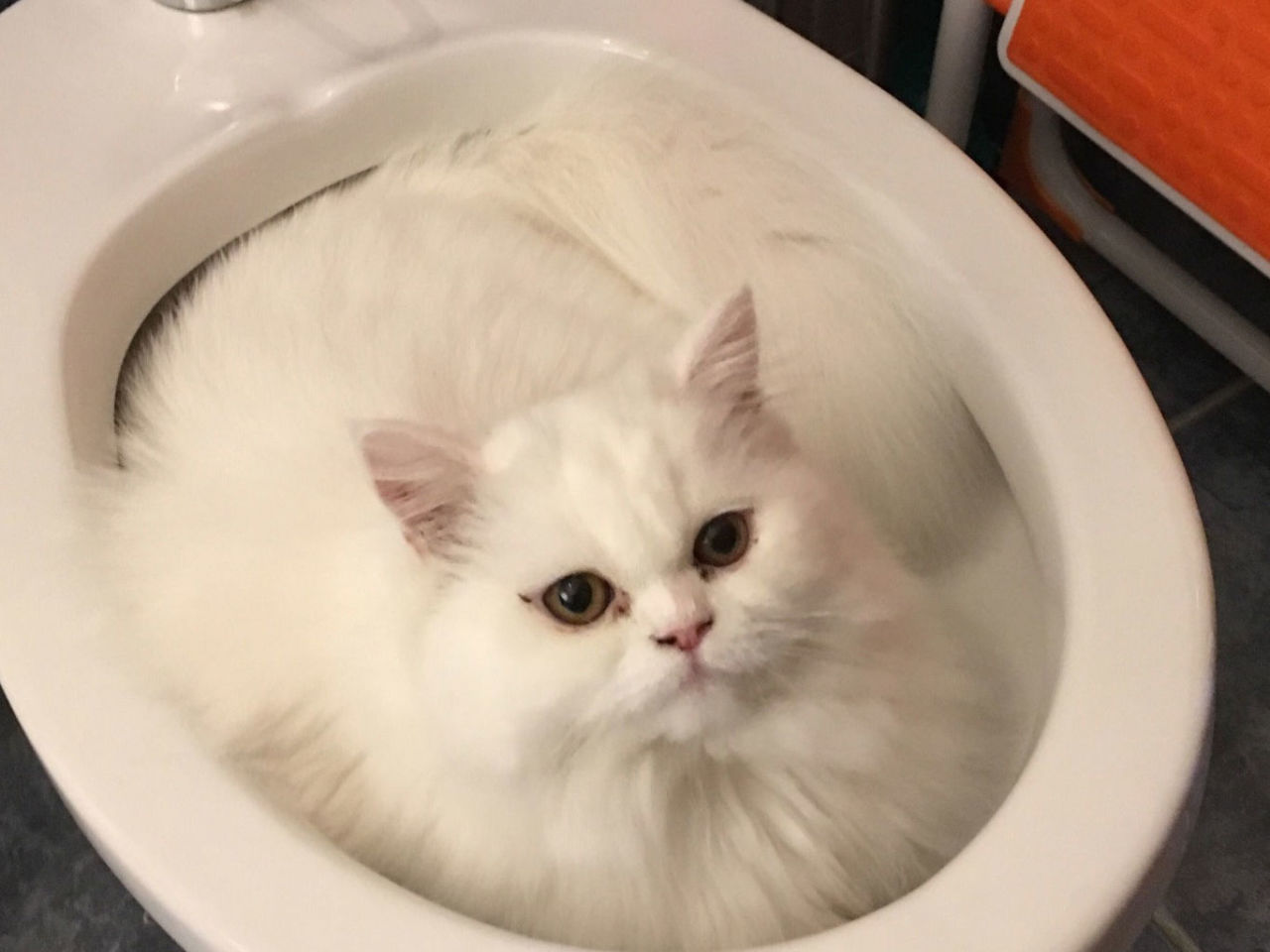Avoid Clogs and Damage: Never Flush Cat Poop Down Your Toilet - Expert Recommendations
Avoid Clogs and Damage: Never Flush Cat Poop Down Your Toilet - Expert Recommendations
Blog Article
They are making a few good pointers about Don’t flush cat feces down the toilet as a whole in this article below.

Intro
As cat proprietors, it's essential to be mindful of exactly how we throw away our feline good friends' waste. While it might appear practical to flush pet cat poop down the toilet, this practice can have detrimental effects for both the setting and human wellness.
Ecological Impact
Purging cat poop presents hazardous pathogens and bloodsuckers into the water, presenting a significant risk to water ecosystems. These pollutants can adversely influence marine life and compromise water quality.
Health Risks
Along with environmental worries, flushing feline waste can also posture health and wellness dangers to human beings. Cat feces may include Toxoplasma gondii, a parasite that can trigger toxoplasmosis-- a potentially extreme ailment, specifically for expectant ladies and people with weakened immune systems.
Alternatives to Flushing
Thankfully, there are safer and a lot more responsible ways to dispose of pet cat poop. Think about the following choices:
1. Scoop and Dispose in Trash
One of the most typical approach of disposing of pet cat poop is to scoop it right into a naturally degradable bag and toss it in the garbage. Make certain to make use of a specialized clutter scoop and get rid of the waste quickly.
2. Use Biodegradable Litter
Go with eco-friendly feline litter made from materials such as corn or wheat. These trashes are eco-friendly and can be safely disposed of in the trash.
3. Bury in the Yard
If you have a lawn, take into consideration burying cat waste in a designated area away from vegetable yards and water sources. Be sure to dig deep sufficient to avoid contamination of groundwater.
4. Mount a Pet Waste Disposal System
Buy a pet dog garbage disposal system specifically made for feline waste. These systems use enzymes to break down the waste, lowering odor and environmental effect.
Final thought
Responsible pet ownership extends past supplying food and shelter-- it additionally includes appropriate waste administration. By avoiding flushing cat poop down the bathroom and opting for alternative disposal approaches, we can minimize our ecological footprint and secure human health.
Why Can’t I Flush Cat Poop?
It Spreads a Parasite
Cats are frequently infected with a parasite called toxoplasma gondii. The parasite causes an infection called toxoplasmosis. It is usually harmless to cats. The parasite only uses cat poop as a host for its eggs. Otherwise, the cat’s immune system usually keeps the infection at low enough levels to maintain its own health. But it does not stop the develop of eggs. These eggs are tiny and surprisingly tough. They may survive for a year before they begin to grow. But that’s the problem.
Our wastewater system is not designed to deal with toxoplasmosis eggs. Instead, most eggs will flush from your toilet into sewers and wastewater management plants. After the sewage is treated for many other harmful things in it, it is typically released into local rivers, lakes, or oceans. Here, the toxoplasmosis eggs can find new hosts, including starfish, crabs, otters, and many other wildlife. For many, this is a significant risk to their health. Toxoplasmosis can also end up infecting water sources that are important for agriculture, which means our deer, pigs, and sheep can get infected too.
Is There Risk to Humans?
There can be a risk to human life from flushing cat poop down the toilet. If you do so, the parasites from your cat’s poop can end up in shellfish, game animals, or livestock. If this meat is then served raw or undercooked, the people who eat it can get sick.
In fact, according to the CDC, 40 million people in the United States are infected with toxoplasma gondii. They get it from exposure to infected seafood, or from some kind of cat poop contamination, like drinking from a stream that is contaminated or touching anything that has come into contact with cat poop. That includes just cleaning a cat litter box.
Most people who get infected with these parasites will not develop any symptoms. However, for pregnant women or for those with compromised immune systems, the parasite can cause severe health problems.
How to Handle Cat Poop
The best way to handle cat poop is actually to clean the box more often. The eggs that the parasite sheds will not become active until one to five days after the cat poops. That means that if you clean daily, you’re much less likely to come into direct contact with infectious eggs.
That said, always dispose of cat poop in the garbage and not down the toilet. Wash your hands before and after you clean the litter box, and bring the bag of poop right outside to your garbage bins.
https://trenchlesssolutionsusa.com/why-cant-i-flush-cat-poop/

I was made aware of that report on Don’t flush cat feces down the toilet from a good friend on another web page. Please take the time to promote this blog post if you enjoyed it. Bless you for your time. Come back soon.
Free Estimates Report this page